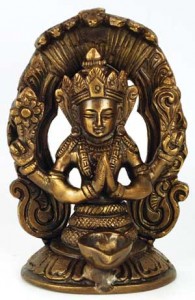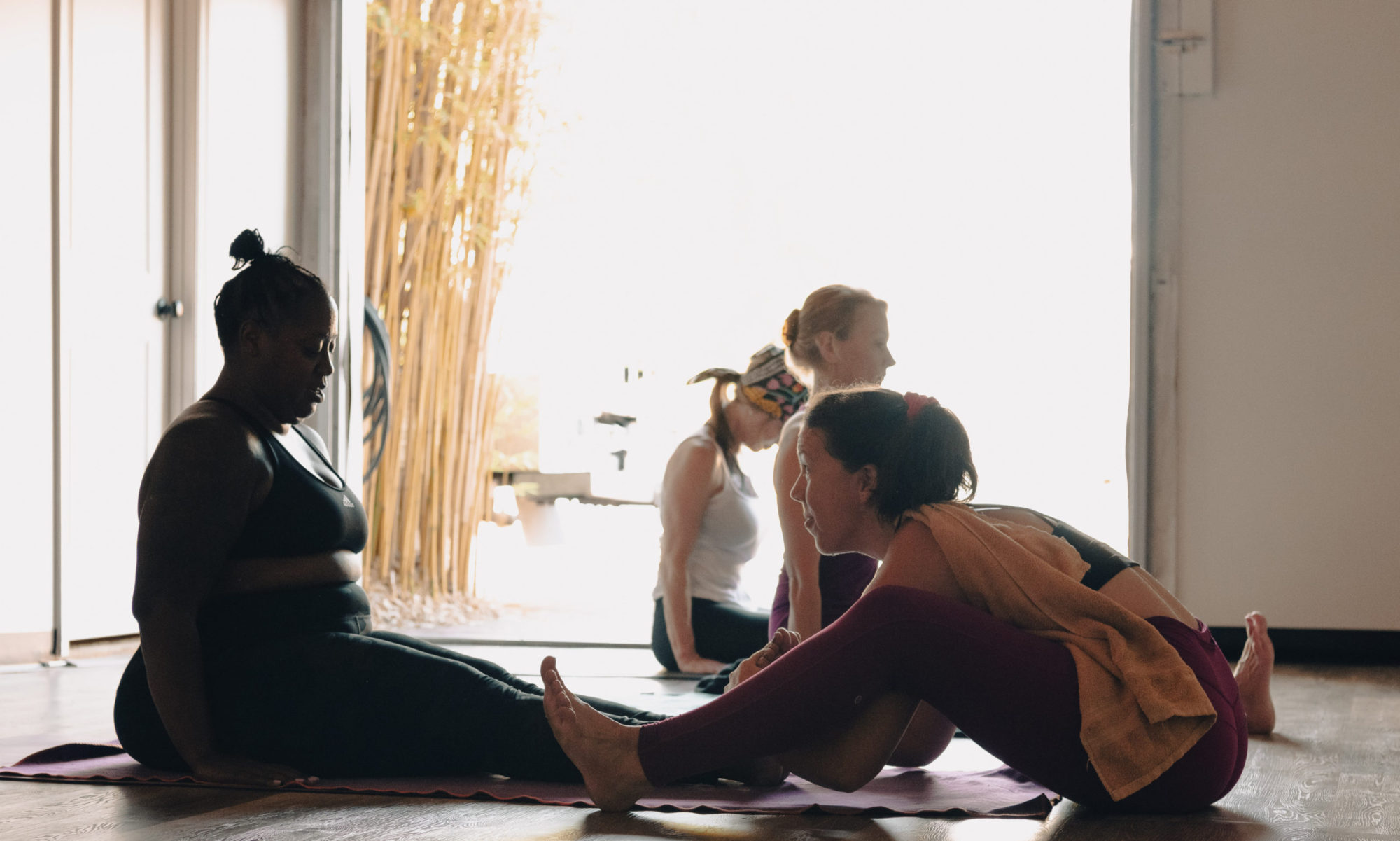 In Patanjali’s Yoga Sutras – THE ‘how-to’ book for yoga, not only do the sutras define Yoga, they also provide a roadmap for our journey, shedding light on the obstacles that will arise and providing us with tools to overcome these obstacles.
In Patanjali’s Yoga Sutras – THE ‘how-to’ book for yoga, not only do the sutras define Yoga, they also provide a roadmap for our journey, shedding light on the obstacles that will arise and providing us with tools to overcome these obstacles.
In the second sutra, Patanjali informs us what goal of yoga is:
Yogaś chitta vṛtti nirodhaḥ | 1.2
“The restraint of the modifications of the mind-stuff is Yoga.”
So basically the calming of the monkey mind is Yoga, this is why we practice. And, the rest of the sutras expound upon this single goal – calming the mind. For most of us though, the calming of the mind is not as simple as just flipping a switch and turning that internal chatter off. For this reason, Patanjali uses the rest of the sutras to show us how to accomplish the calming of the mind.
A few sutras in, Patanjali tells us how we can become grounded in this practice of calming the mind:
Sa tu dīrgha kāla nairantarya satkārāsevito dṛḍhabhūmiḥ | 1.14
“The practice becomes firmly grounded when well attended to for a long time, without break and in all earnestness.”
Here, the sage Patanjali tells us how to become firmly grounded in the practice of stilling the mind. First, we attend to the practice for a long time, dīrgha kāla. Second, we must practice without break, nairantarya. And lastly, the practice must be preformed in all earnestness, satkārāsevito. The first two requirements are fairly easy to comprehend – practice for a long time (maybe even lifetimes) and without break. But what does it mean to practice in all earnestness?
To me, that is the big question, how do we practice in all earnestness?
To practice Ashtanga Yoga in all earnestness we must practice with devotion, respect, austerity and faith. Each day when we roll out the mat, we must make a choice. The choice to practice with devotion. The choice to practice with respect. The choice to practice with austerity. The choice to practice with faith. Every time the mind begins to wander, we must continually bring it back to the tristhana method. Rising above the ego’s need for praise, and perfection, we practice not to gain poses or to be able to accomplish some physical feat. We practice to learn about ourselves, trying to uncover and overcome our unconscious patterns of conditioning.
When we allow our mind to be immersed in only the breath, the bandhas and the gaze we are able to transform our practice into a moving meditation. This moving meditation is a tool to overcome suffering. It allows us to begin to identify our unconscious conditioning, it allows us to begin to see the ways we bring suffering to others and ourselves. Without this step, we will remain caught in a continual cycle of suffering – samsāra, we will remain caught in the illusions of the ego.
Each day, when we roll out our mats, may we practice as a way to begin to know our Self, as a way to overcome suffering, as a way to bring more peace to the world through our own experience of internal peace.
* About Jessica
* Ashtanga Eco-Retreat, Costa Rica – May 25-31, 2016
* Upcoming Events & Workshops
You Might Also Enjoy:
- Some Truth About Ashtanga
- Yoga Brings Out The Worst In Me
- Catvāri cringe
- Led Full Primary: Igniting Your Practice
- Into The Shadows – the elusive search for happiness in Ashtanga Yoga
- …and in all earnestness
- Ashtanga Yoga and the Ego
- Guru Gratitude
- 5 Ways to Find Joy, Even When You’ve Got The Grumps
- The Grateful Game


16 Replies to ““…and in all earnestness””
Comments are closed.